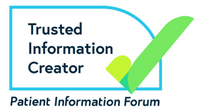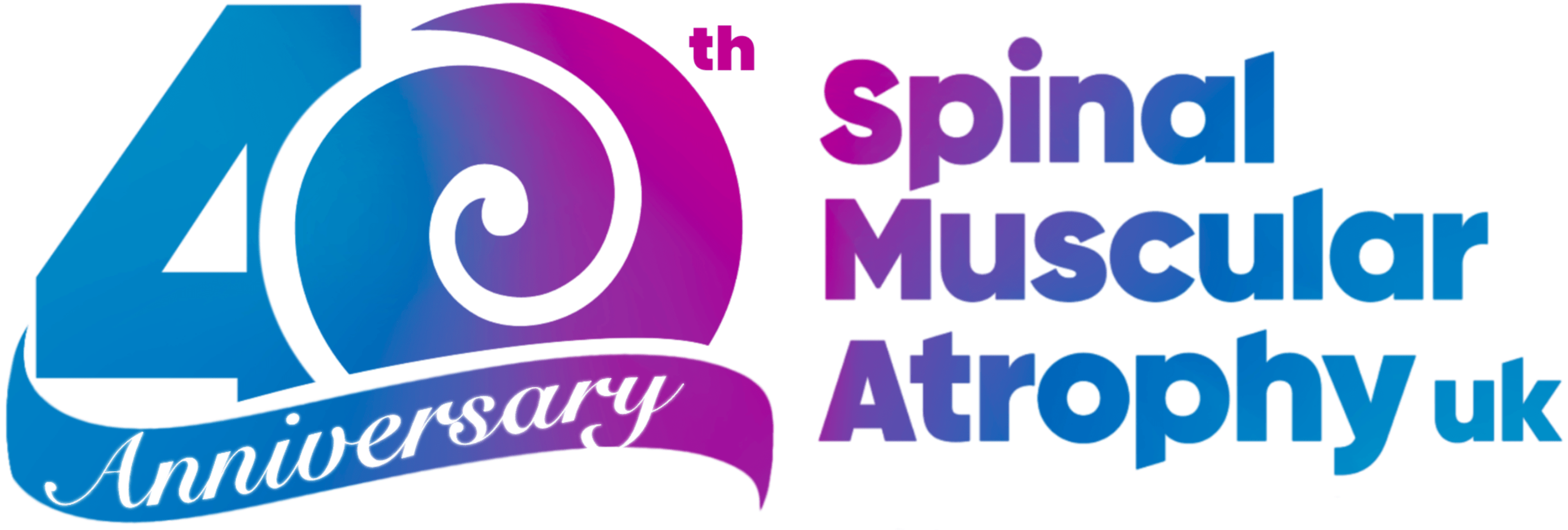Symptoms & Effects of 5q Spinal Muscular Atrophy – Type 2
Symptoms & Effects of 5q Spinal Muscular Atrophy – Type 2
You can:
- Download a printed pdf version of this information here >
- Ask us to send you a printed version: publications order form >
This page is for families, friends and healthcare professionals who want to know more about SMA Type 2.
SMA Type 2 is a form of 5q SMA. Please see our guide What is 5q SMA? > for information about the cause, diagnosis, inheritance and how many people are affected.
Before the new drugs for 5q SMA were developed, clinicians studied the effects of SMA on people. This is called the ‘natural history’ > of the condition. It was different for each ‘Type’ of SMA.
Your clinician will advise you if they would expect your child’s SMA to follow the ‘natural history’ of SMA Type 2 if they do not have drug treatment. They will discuss the latest clinical trial and real-world evidence for these drug treatments. They will tell you what you might expect if your child is treated.
Our Guide to Drug Treatments > covers questions and topics that you may wish to discuss with your child’s clinical team.
In SMA Type 2, symptoms of muscle weakness usually begin between 6 and 18 months of age. Generally, the earlier the onset of symptoms, the more severe the condition.
In the natural history of SMA Type 2, each child is affected differently. In general, infants are bright and engaging. However, their SMA causes:
- muscle weakness on both sides of the body
- muscle weakness closest to the centre of the body. These muscles are more severely affected than those furthest away
- difficulties moving arms, but hands and fingers less so
- difficulties lifting legs
- legs that are weaker than arms
Intellectual and sexual development1 is not usually affected.
As children get older, the natural history of SMA would usually cause them to have:
- muscle weakness that may make it difficult to keep up with daily activities. For example, if someone had been able to crawl or roll, they may have lost this ability.
- weak breathing muscles, making it difficult to cough effectively and be more vulnerable to chest infections.
- muscles supporting the spinal column that are weak. Most children develop a sideways curvature of their spine2 (scoliosis).
- reduced ability to move so that some joints may have become tight (contractures). This further restricts their range of movement.
The natural history can also weaken chewing and swallowing muscles. For some this means their tongue and shoulder muscles may twitch. They may also have a slight tremor in their hands3.
Bladder and bowel control is not usually affected.
Major growth spurts, such as puberty, often create greater demands on weak muscles. SMA Type 2 can also mean that children and adults may become weaker after infections.
Most children, young people and adults living with SMA Type 2 need powered wheelchairs to maintain independent mobility. They also need help with daily tasks like:
- washing
- getting onto and off the toilet
- dressing and undressing.
Serious complications, like severe respiratory infections, can lower life expectancy4. But thanks to better healthcare, most people now live longer lives.
Most clinical trials and studies of drug treatments for SMA Type 2 have focused on their effects on motor milestones gained in childhood. There is now more understanding of the importance of other outcomes that affect quality of life for children, young people and adults. This includes respiratory outcomes, fine motor skills and fatigue levels.
Changing Outcomes
Since 2019 in the UK, most children with SMA Type 2 will have started ongoing Spinraza™ / Nusinersen treatment. For adults, this possibility came later. More recently, ongoing treatment with Evrysdi™ / Risdiplam also became a possibility for children and adults.
Many children with SMA Type 2 have gained strength, movement and better health with treatment. Symptoms have stabilised for many adults, with some seeing improvements.
How SMA will impact the health and daily life of a treated person living with SMA Type 2 today – and how the natural history of their condition may change – is very individual. It will be influenced by factors including:
- the age at which symptoms first appeared,
- the severity of symptoms,
- how early any treatment was started and
- their individual response to treatment.
Though they can alleviate some symptoms, none of the drug treatments are a cure. For children and adults, they must be combined with the best supportive care and management of symptoms to ensure the best possible outcomes for each individual.
Nationally and internationally expert clinicians, researchers and people living with SMA are working together to review and update guidelines for best supportive care and management of symptoms.
- See: SMA Care UK >
It is important that you feel able to discuss any questions you have with your child’s clinical team.
- Montes J et al. (2009) Clinical outcome measures in spinal muscular atrophy, J Child Neurol 24: 968-978
- Mercuri E, et al. (2012) Childhood spinal muscular atrophy: controversies and challenges. Lancet Neurol 11: 443-452.
- Tsirikos AI & Baker ADL (2006) Spinal muscular atrophy: classification, aetiology, and treatment of spinal deformity in children and adolescents. Curr Orthop 20: 430-445.
- Farrar MA et al. (2013) Pathophysiological insights derived by natural history and motor function of spinal muscular atrophy. J Pediatrics 162: 155-159.
Was this page useful?
 Version 5
Version 5
Author: SMA UK Information Production Team
Last updated: June 2025
Next full review due: June 2028
Links last checked: June 2025
This page, and its links, provide information. This is meant to support, not replace, clinical and professional care.
Find out more about how we produce our information >.
